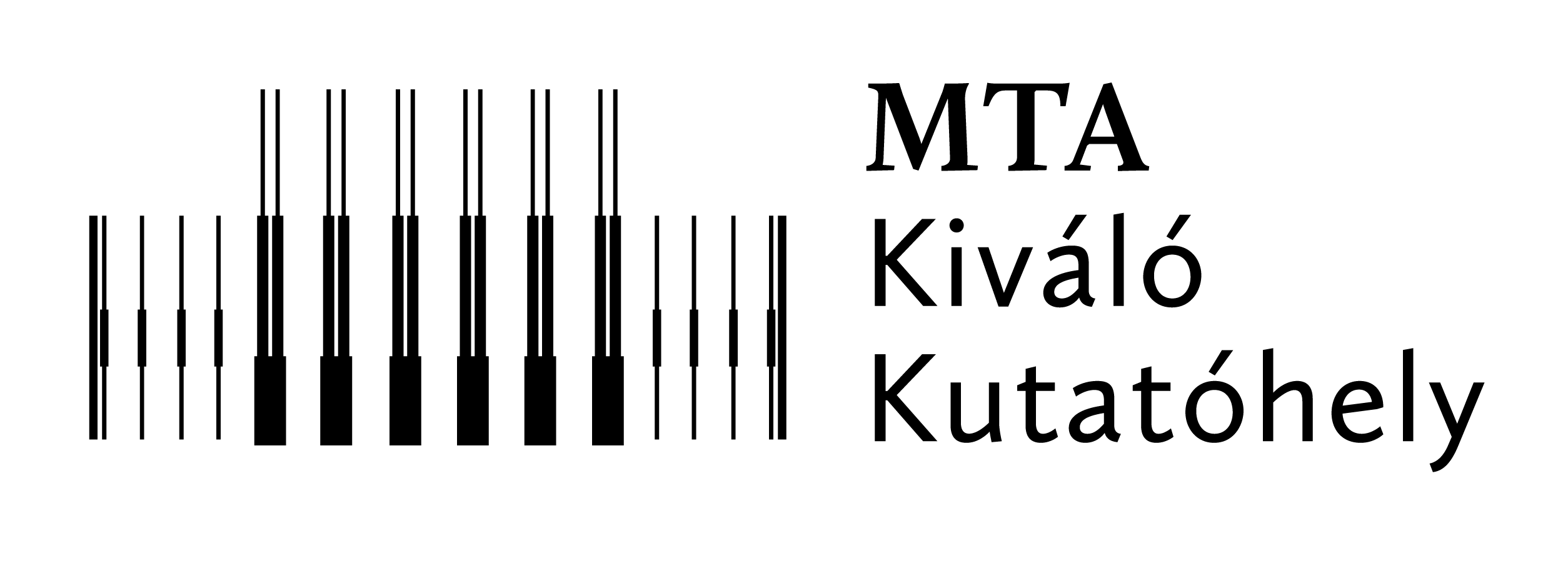Előadó: Matthias Wuttig (RWTH Aachen University of Technology, Germany)
Előadás címe: Functional Materials by Design: Developing Treasure Maps with Quantum Chemistry
Dátum: 2022. március 7., 14 óra
Helyszín: 1-es épület Tanácsterem, illetve Zoom-on is követhető:
https://wigner-hu.zoom.us/j/87495150521?pwd=MnRicmRTWFNSdUVETjlSbG9HRXZLZz09
Meeting ID: 874 9515 0521
Passcode: 022440
Összefoglaló:
Scientists and practitioners have long dreamt of designing materials with novel properties. Yet, a hundred years after quantum mechanics lay the foundations for a systematic description of the properties of solids, it is still not possible to predict the best material in applications such as photovoltaics, superconductivity or thermoelectric energy conversion. This is a sign of the complexity of the problem, which is often exacerbated by the need to optimize conflicting material properties. Hence, one can ponder if design routes for materials can be devised.
In recent years, the focus of our work has been on designing advanced functional materials with attractive opto-electronic properties, including phase change materials, thermoelectrics, photonic switches and materials for photovoltaics. To reach this goal, one can try to establish close links between material properties and chemical bonding. However, until recently it was quite difficult to adequately quantify chemical bonds. Some developments in the last decades, such as the quantum theory of atoms in molecules have provided the necessary tools to describe bonds in solids quantitatively. Using these tools, it has been possible to devise a map which separates different bonding mechanisms. This map can now be employed to correlate chemical bonding with material properties. Machine learning and property classification demonstrate the potential of this approach. These insights are subsequently employed to design phase change as well as thermoelectric materials. Yet, the discoveries presented here also force us to revisit the concept of chemical bonds and bring back a history of vivid scientific disputes about ‘the nature of the chemical bond’.



